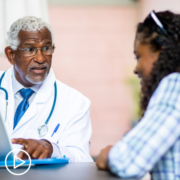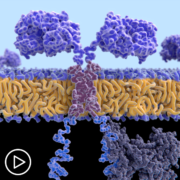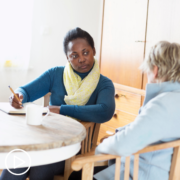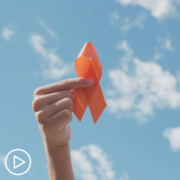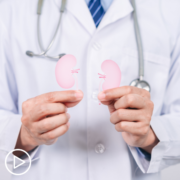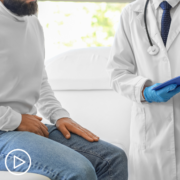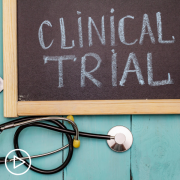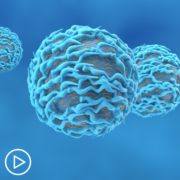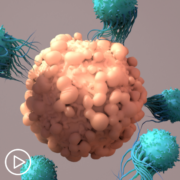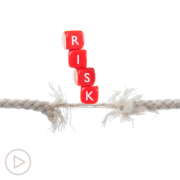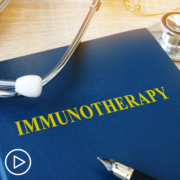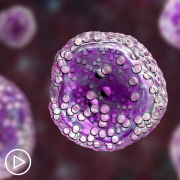What Are Predictors of Follicular Lymphoma Relapse or Transformation?
What Are Predictors of Follicular Lymphoma Relapse or Transformation? from Patient Empowerment Network on Vimeo.
Does follicular lymphoma relapse or transformation have notable predictors? Expert Dr. Kami Maddocks from The Ohio State University shares common symptoms that may signal relapse or transformation and shares her perspective when consulting a follicular lymphoma specialist can be especially helpful.
See More from START HERE Follicular Lymphoma
Related Resources:

|

|

|
Transcript:
Lisa Hatfield:
…for follicular lymphoma, what are the predictors of transformation and relapse, and what symptoms should patients be looking out for and tell their doctor about?
Dr. Kami Maddocks:
Yeah, so I think this is a great question. As far as just in everybody predicting when they’re going to progress, when they’re going to relapse, we don’t actually have great ways to do that right now. One of the things that has been shown to potentially predict things is for patients who do receive treatment if they have an early relapse, that suggests that their disease is going to behave more aggressively. As far as looking for relapse, things that people want to look for, not all patients will have symptoms but certainly if patients feel any lumps or bumps if they start…I like to tell my patients if you…patients usually know if something’s wrong.
So everybody’s going to have aches and pains, everybody’s going to have the normal infections, but if you’re not feeling well, significant fatigue, night sweats, fevers are always something that we look for but that’s not something that everybody has. New pains, not feeling well, just kind of the inability to feel like you can keep up with what you’re doing daily, those are always things that you should at least call in to see if you should be evaluated. It’s important to know that follicular lymphoma patients are followed. As I said, you are followed forever. We do also watch your blood counts to make sure that we’re not seeing changes in blood counts, changes in lactate dehydrogenase which is a non-specific marker but something that we follow in lymphoma.
Lisa Hatfield:
And one follow-up to that question also. So are there follicular lymphoma specialists? If a patient is maybe in an area that doesn’t have a large academic center or a large cancer institution, do you recommend they see somebody who specializes in follicular lymphoma or can they see even for a consult or do you think that their local hematologist oncologist is very familiar with that themselves? Do you have recommendations?
Dr. Kami Maddocks:
Yeah, so that’s a great question. Local, I think follicular lymphoma is common enough that a lot of our general oncologists who see everything see follicular lymphoma. I think it never hurts, of course, to ask about clinical trials. So if that’s something that might be available. If it’s available, it might be worth going to a specialist for.
If there’s concerns, I think it’s always a good idea to get a second opinion to make sure that a patient is comfortable. I think if a patient seems to have a more aggressive behaving follicular or if they’ve had a lot of different treatments, that’s also if you’re seeing a general oncologist at a time, that it’s good to see if there are clinical trials or if a specialist has anything new or different.
Share Your Feedback:
Create your own user feedback survey



